1767 German shield
Following the traditional construction methods, our Medieval Shields are formed with thin (16) layers of wood, each individually shaped and pressed for durability. The compounded layers not only ads durability in comparison to a single, thicker layer, but also provides greater strength with lesser weight. Each layer is soaked and individually pressed to shape, eventually creating one solid defensive wall. We covered the heater shields in heavy cotton. Decorative rivets are set and topped off with a wood grip, closed cell foam backing covered in full grain leather, and adjustable forearm strap.
Each shield is 30″ x 22″ and weighs 5 lbs 2 oz.
USD495.00
The form and function of the shield in medieval history is, like many other aspects of war, a story of evolution. As weapons increased in deadliness and versatility due to improvements in construction and materials, so too did the methods that we used to protect ourselves from those weapons. Many weapons were single-handed by design, which led to a natural use of the off-hand as a means of defense. The shield – a wooden or metal object gripped in the off-hand or strapped to the arm – could protect the user from slashing blades, crushing blows, even arrows. In many battles, having a well-made shield was as important as having a good weapon – if not more so. In countless cultures around the world, shields in one form or another make an appearance.
 Early shields used by the Greeks and Romans were precursors of the medieval shield, and a variety of designs were utilized depending on the role of the soldier. Most famous of these was the scutum, the curved, rectangular shield of the Roman Legions. Both art and pop culture frequently depict Roman legions marching in ranks, holding their shields before them, moving as a single, perfect military unit.
Early shields used by the Greeks and Romans were precursors of the medieval shield, and a variety of designs were utilized depending on the role of the soldier. Most famous of these was the scutum, the curved, rectangular shield of the Roman Legions. Both art and pop culture frequently depict Roman legions marching in ranks, holding their shields before them, moving as a single, perfect military unit.
The area now occupied by the modern nation of Germany has had a long and varied history. However, prior to the wars of the 20th century, even prior to the unification of the German Empire in 1871, the nation-states that would make up modern Germany had many things in common – language, couture, and even rule under the Holy Roman Empire. It was during Roman rule that the Reichsadler – the Imperial Eagle – began to be commonly used on banners, seals, and coats of arms in this region.
Eagles as symbols for royalty is not an exclusively German invention; it is more likely to have been of Roman origin as the symbol on the standard of the Roman Legion was the Aquila (golden eagle). However, unlike other nations formerly under Roman rule which gravitated towards symbols such as the lion (England) or the fleur-de-lis (France), Germany maintained the use of the Imperial Eagle on coin, banner, seal, and shield for centuries. Fredrick II, Charles IV, and Charlemagne the Great all utilized eagles in their heraldic crests, and all of them bore resemblance to the Reichsadler that was in use into the 20th century. Now, the federal coat of arms of Germany is the Bundesadler – the Federal Eagle – and it is a black single-headed eagle on a golden field, clearly a descendant of its imperial ancestor.
The Darksword Armory German Shield depicts the two-headed black Reichsadler on a golden field, commonly associated as the coat of arms of Otto IV. King of Germany, ruler of the Welf dynasty, nephew of Richard the Lionheart, and Holy Roman Emperor, Otto IV (born 1175 CE) had an impressive resume by any measure. Yet he died deposed, dethroned, defeated, and excommunicated from the church at whose head he sat for nearly a decade. This downfall was made possible by a series of poor political and military decisions that nonetheless left Otto alive and able to retreat to his holdings, and his heraldic crest continued to be associated with Germany for centuries to come. This shield will be recognizable as having come from a long lineage of German royalty and nobility, and would be at home in any collection of European weapons.
Custom Shield Request Note:
Be the first to review “1767 German shield” Cancel reply
This site uses Akismet to reduce spam. Learn how your comment data is processed.



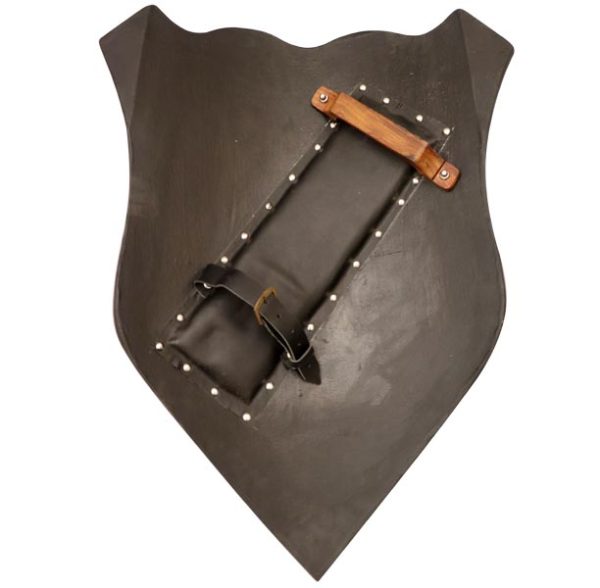
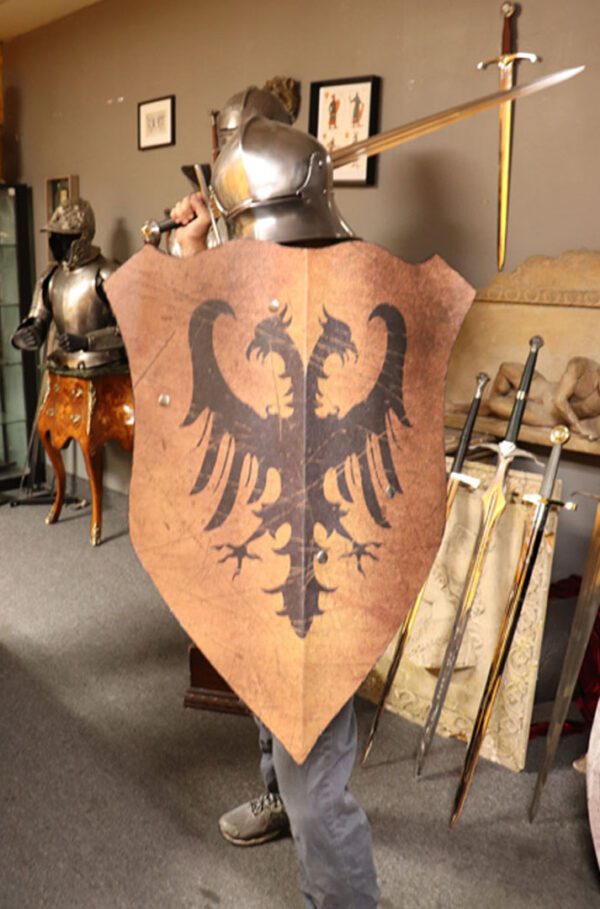
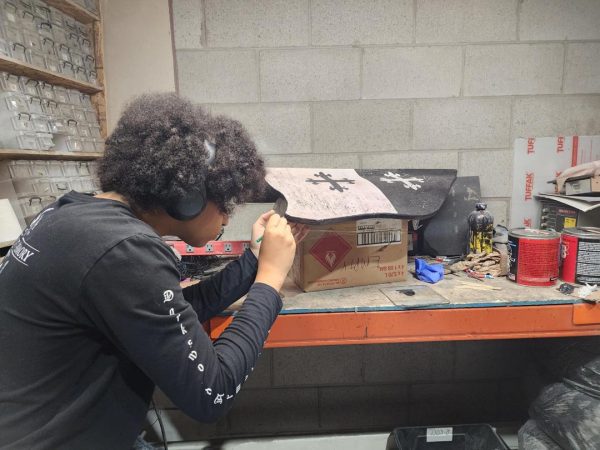


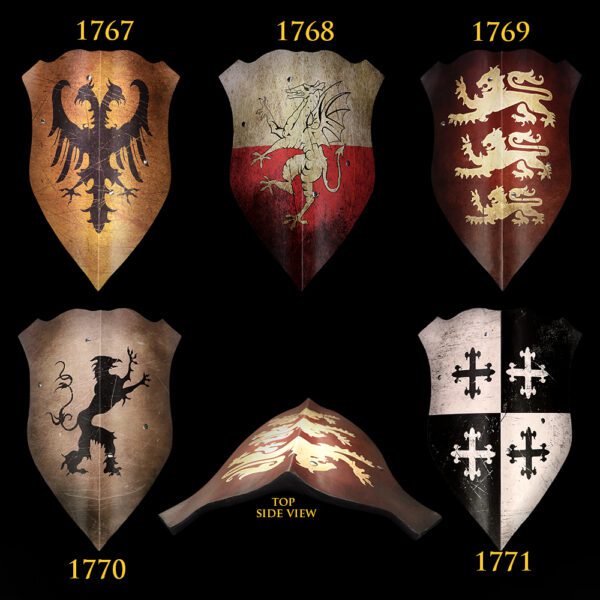
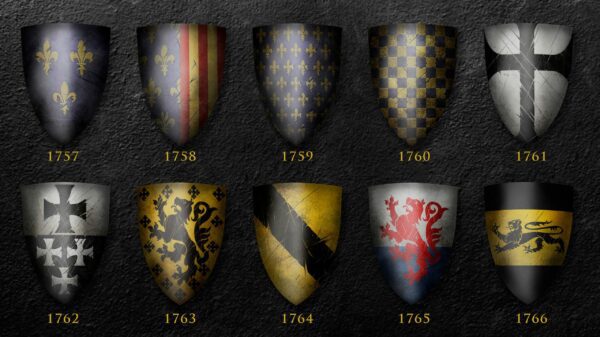
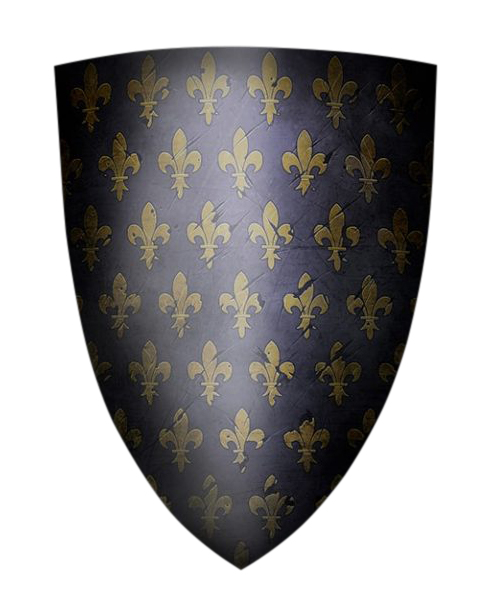
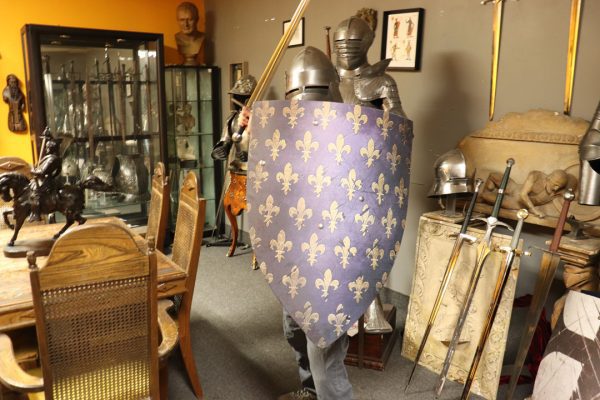
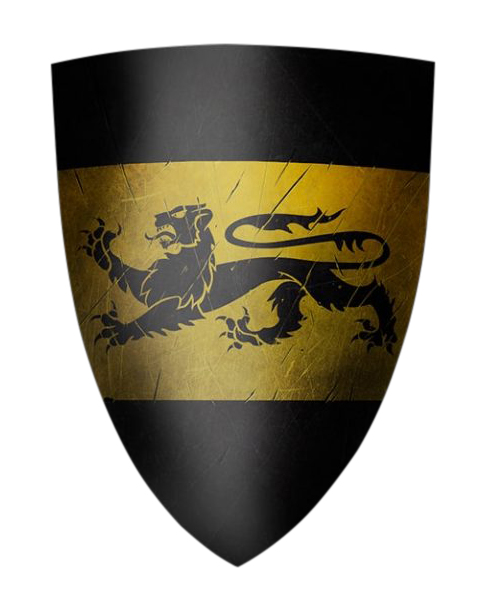
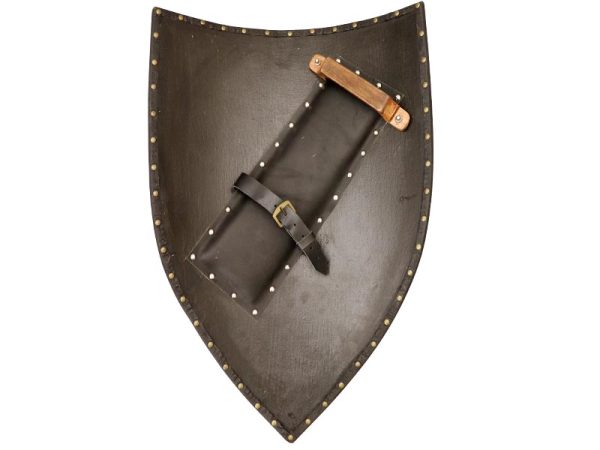
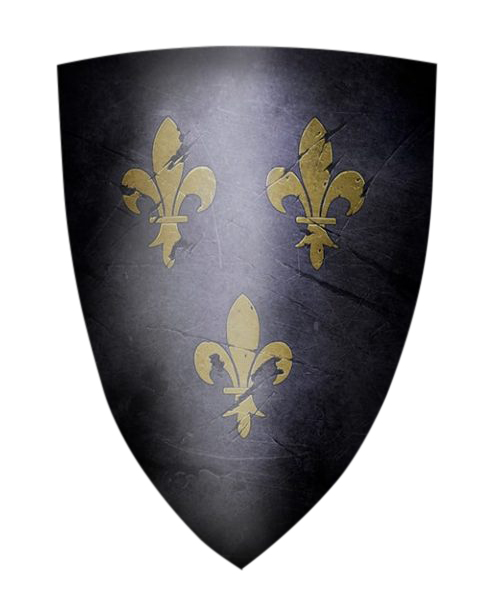
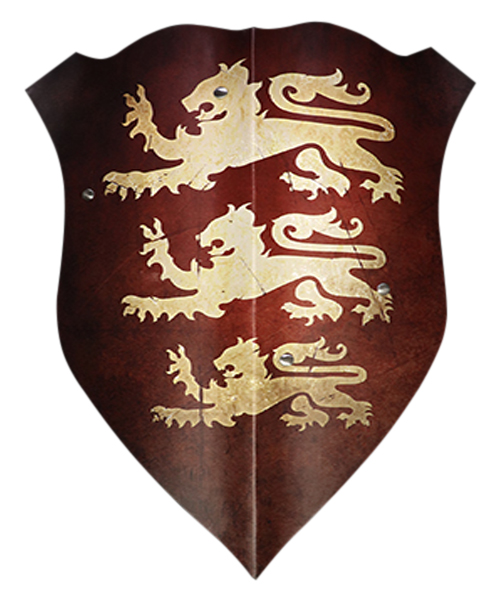
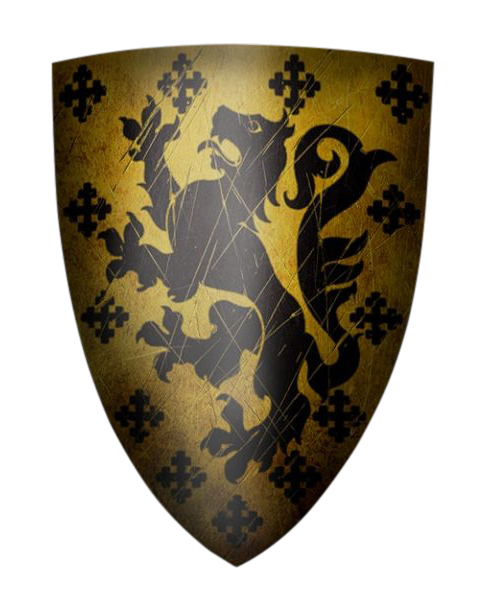
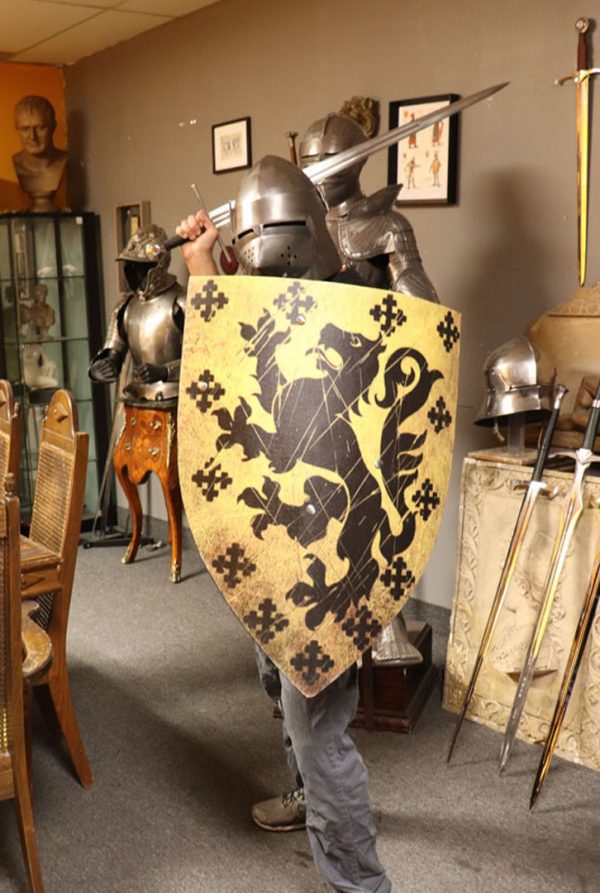
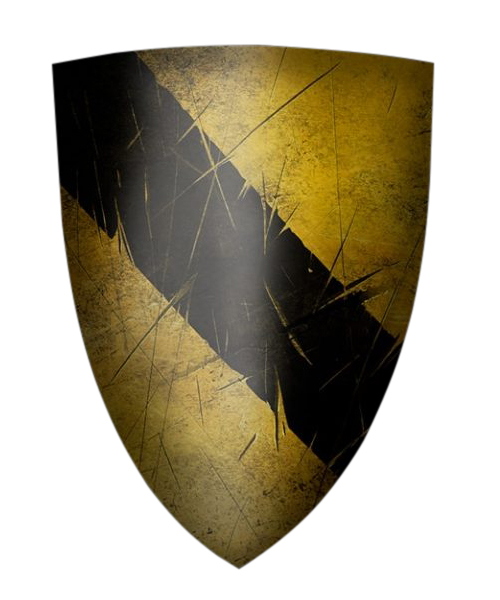
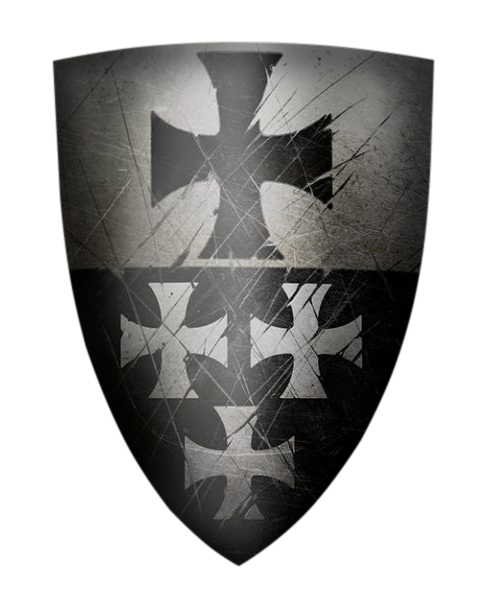
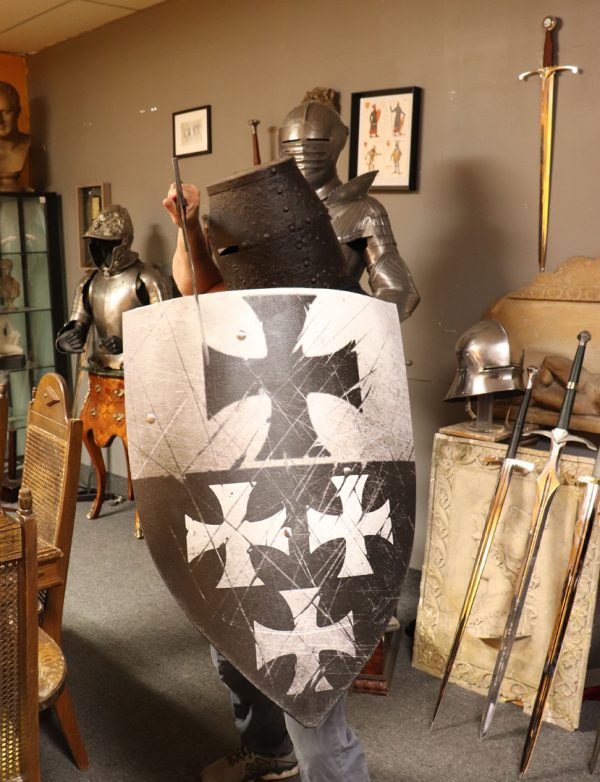
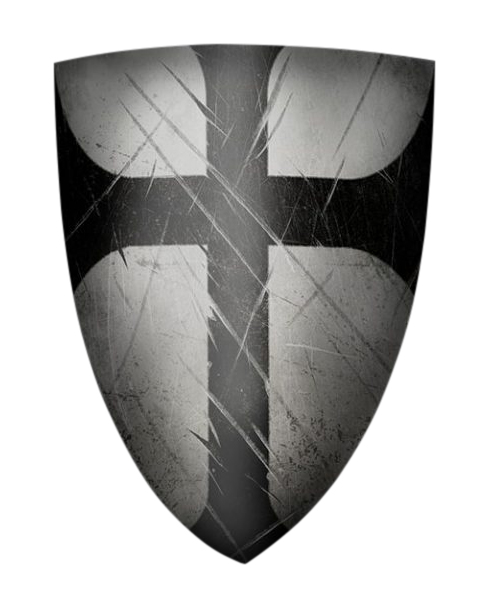
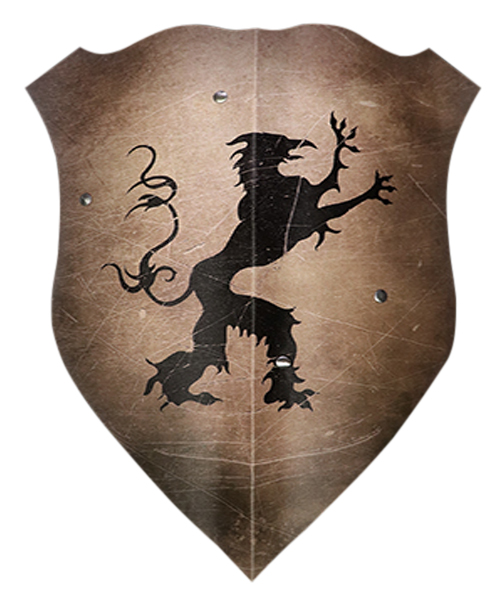
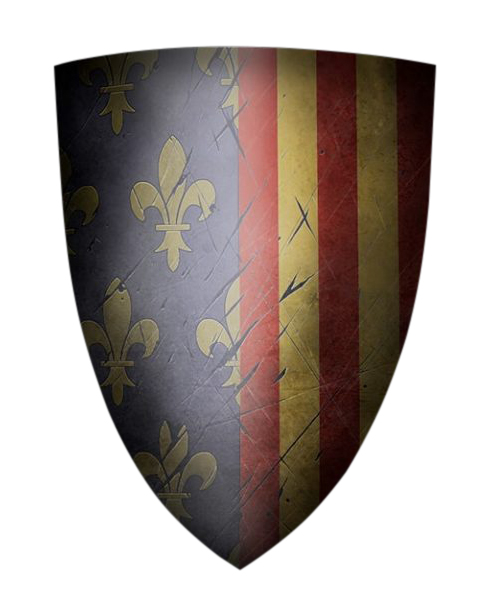
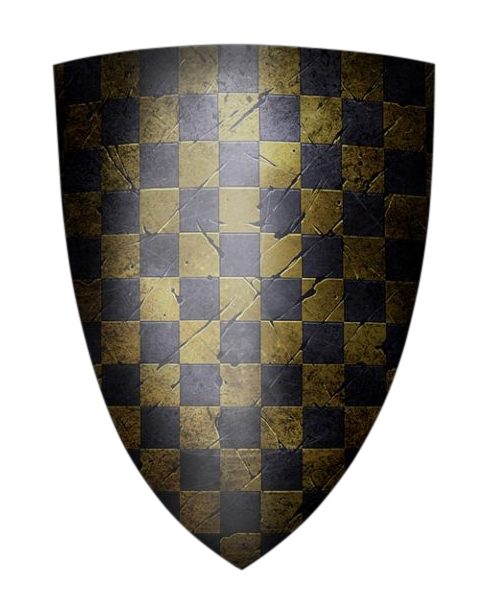
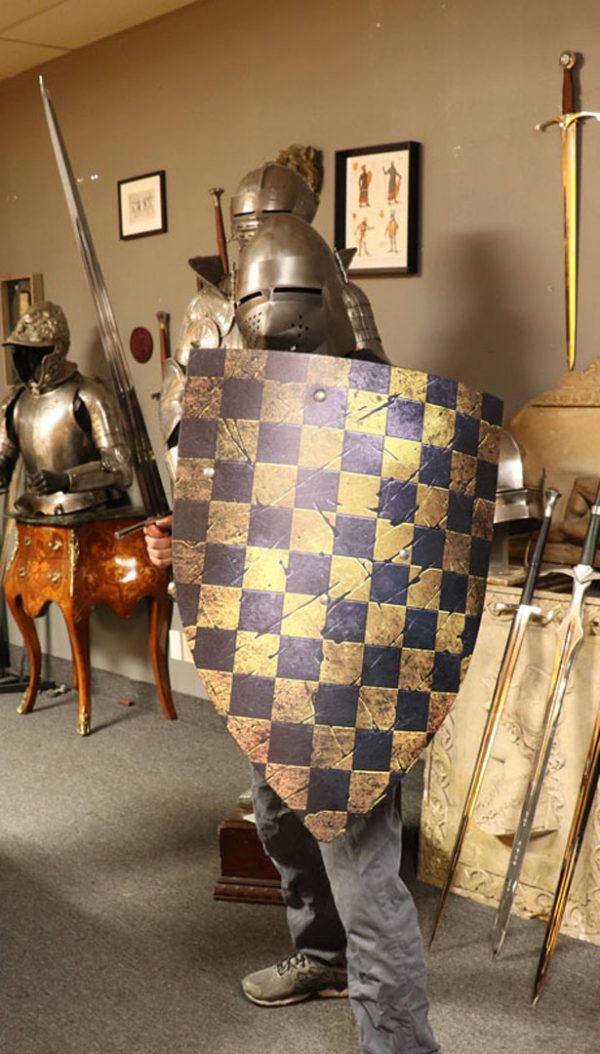
Reviews
There are no reviews yet.